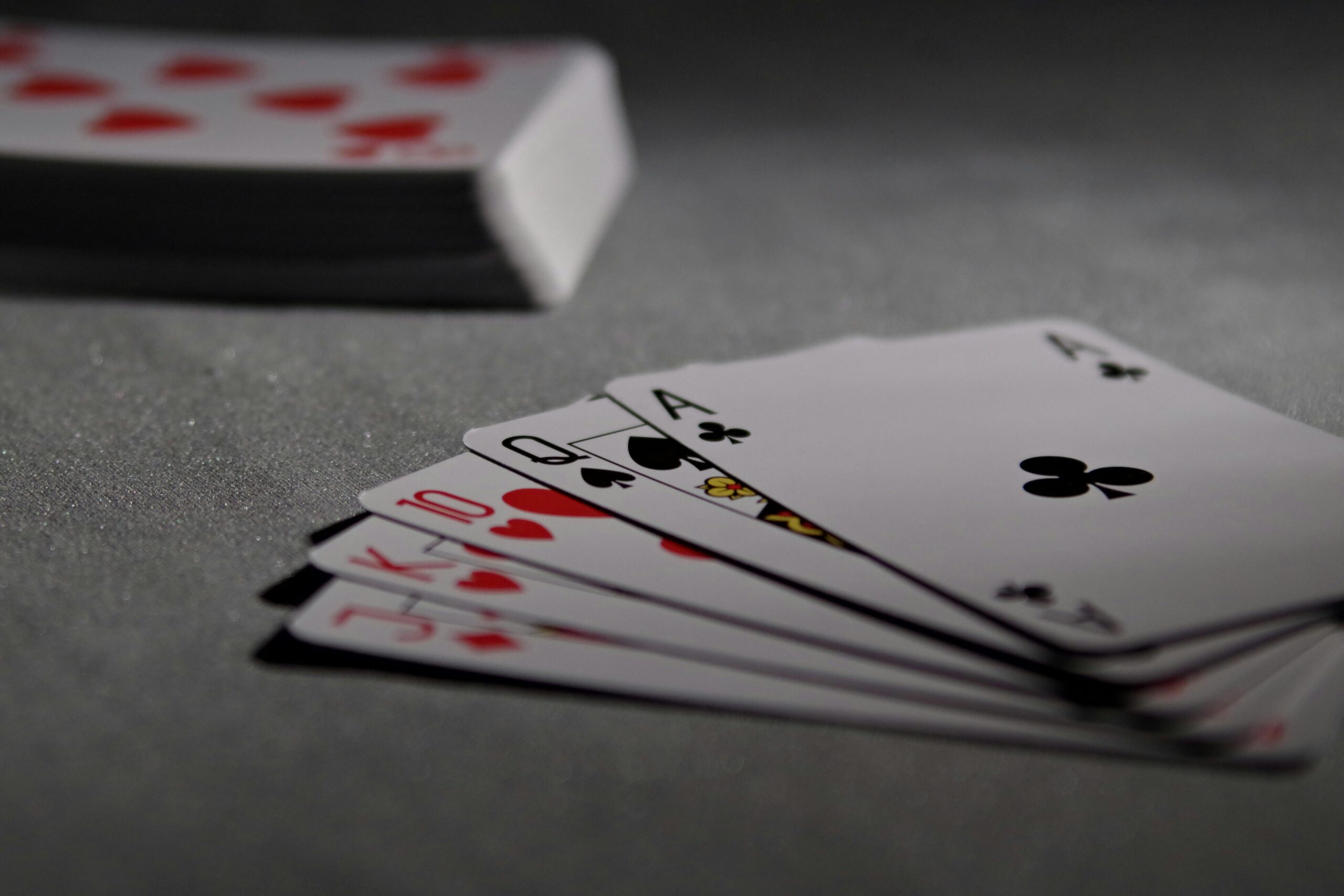Gin Rummy, a timeless classic in the family of card games, combines both strategy and luck, making it a favorite among card enthusiasts globally. Mastering the essential rules and adopting winning strategies can elevate your gameplay, transforming you into a formidable opponent. This guide delves deep into the core principles of Gin Rummy and unravels tactics that can significantly enhance your chances of victory.
Understanding the Basics of Gin Rummy
Gin Rummy is played with a standard 52-card deck and can involve two to four players, although it’s most commonly played by two. The objective is to form sets and runs, ultimately reducing the number of unmatchable cards (deadwood) to ten points or less. Let’s break down these fundamentals into an easy-to-understand format.
Key Terminologies
- Set: A group of 3 or 4 cards of the same rank.
- Run: A sequence of 3 or more cards of the same suit.
- Deadwood: Cards that aren’t part of any set or run.
- Knocking: Ending the round by revealing your hand, provided your deadwood count is 10 or less.
Essential Rules of Play
To initiate the game, each player is dealt 10 cards. The remaining deck is placed face down, forming the stockpile, while the top card is placed face up beside it to start the discard pile. Players then take turns drawing from either the stockpile or discard pile, aiming to meld their cards into sets and runs while minimizing deadwood.
Ending a Round
A round can conclude in two ways:
- Knocking: A player opts to end the round by knocking. The knocker then lays down their melds, and the opponent can also lay down their melds if any.
- Gin: If a player manages to meld all their cards into sets and runs, they can declare Gin, automatically winning the round.
Scoring then follows, with the winner accruing points based on the deadwood count of the losing player.
Winning Strategies in Gin Rummy
While luck of the draw plays a role, astute strategy is crucial for consistent victories in Gin Rummy.
Melding Wisely
Focus on forming melds quickly but be adaptable based on the draws and discards. Prioritize runs over sets, as they offer more flexibility in accommodating new cards.
Balancing Risk and Reward
Deciding when to pick from the discard pile is a delicate balance. While it can complete a meld, it also reveals information to your opponent. Gauge their actions closely and attempt to deduce their strategy.
The Art of Bluffing
Bluffing can be a potent tool. Discarding high-value cards early can mislead your opponent about the nature of your hand, leading them to make less optimal moves.
The allure of Gin Rummy lies in its blend of simplicity and depth. By internalizing the rules and integrating these strategies, players can significantly improve their game. Remember, practice is key; engage in regular play to refine your decision-making and intuition. Gin Rummy isn’t just a game of chance—it’s a battleground of wits.











